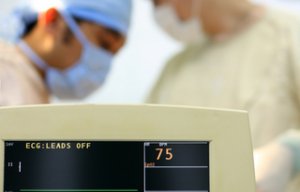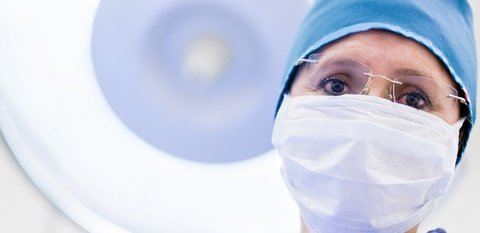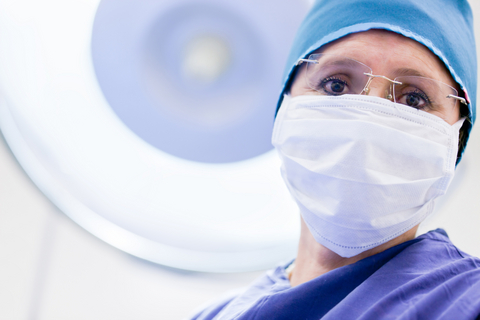
Antimicrobial textiles market to reach $1,076.1 million
The antimicrobial textiles market is expected to reach US$ 12.3 billion by 2024, at a CAGR of 5.4% between 2019 and 2024.

12th August 2019
Innovation in Textiles
|
Chicago, IL
 The antimicrobial textiles market is expected to reach US$ 12.3 billion by 2024, at a CAGR of 5.4% between 2019 and 2024, according to the latest report by MarketsandMarkets. Rise in awareness regarding health and hygienic products and prevention against Hospital Acquired Infections (HAIs) will drive the antimicrobial textiles market.
The antimicrobial textiles market is expected to reach US$ 12.3 billion by 2024, at a CAGR of 5.4% between 2019 and 2024, according to the latest report by MarketsandMarkets. Rise in awareness regarding health and hygienic products and prevention against Hospital Acquired Infections (HAIs) will drive the antimicrobial textiles market.
The new market research report is titled Antimicrobial Textile Market by Active Agents (Synthetic Organic Compounds, Metal & Metallic Salts, Bio-based), Application (Medical Textiles, Apparels, Home Textiles), Fabric (Cotton, Polyester, and Polyamide), and Region - Global Forecast to 2024 and categorises the global antimicrobial textiles market based on active agents, application, fabric, finishing techniques, and region.
The medical textiles application segment is projected to witness the highest CAGR in the antimicrobial textiles market in the forecast period. The medical textiles application includes the usage of medical textiles in the manufacture of attire, sheets and blankets, surgical supplies and wipes.
Antimicrobial textiles are used to prevent Hospital Acquired Infections (HAIs) in healthcare facilities. Every year HAIs cost many lives along with millions of dollars as collateral. The use of antimicrobial textile in hospitals prevents HAIs from spreading, thus, saving both lives and money.
The synthetic organic compounds active agent will drive the antimicrobial textiles market. Synthetic organic compounds include quaternary ammonium compounds, triclosan, polyhexamethylene biguanides (PHMB), and others. Synthetic organic compounds are cheaper than the alternatives and are effective on a wide range of microbes, bacterium, and fungi.
Among the different fabrics used for antimicrobial textiles, cotton is expected to have the highest demand. The use of cotton as a primary fabric for textiles will result in the application of antimicrobial active agents on cotton fabric. Also, cotton is a naturally occurring fabric and therefore more susceptible to microbial attack. This will drive the demand for antimicrobial cotton textiles during the forecast period.
North America accounted for the largest share of the antimicrobial textile market, by value. In North America, the US is estimated to be the key players in the region. Agencies such as the Centre for Disease Control(CDC) have ordered strict guidelines to be followed by healthcare facilities to combat HAIs is driving the market. Also, the demand for antimicrobial textiles in apparel and specifically in sportswear is expected to drive the demand for antimicrobial textiles in the region.
The leading antimicrobial textiles manufacturers are Milliken (US), Unitika (Japan), Trevira ] (Germany), Thai Acrylic Fibre (Thailand), PurThreads Technologies (US), Vestagen Protective technologies (US), LifeThreads (US), Herculite (US), Smith & Nephew (UK), and Sinterama (Italy).

Business intelligence for the fibre, textiles and apparel industries: technologies, innovations, markets, investments, trade policy, sourcing, strategy...
Find out more